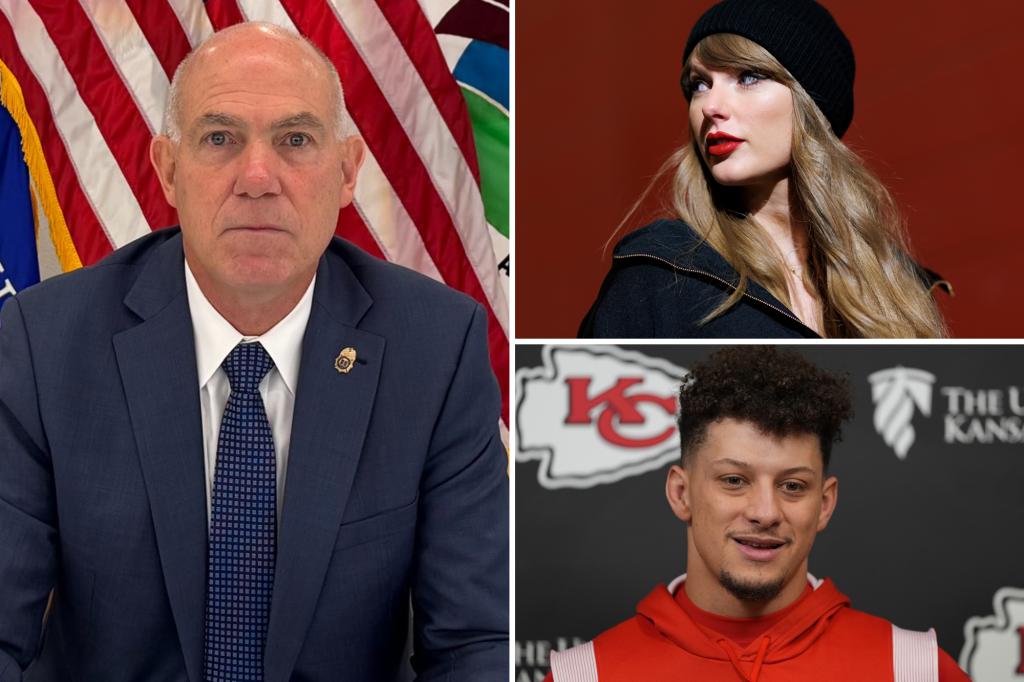The Drug Enforcement Administration (DEA) is embarking on a novel approach to combat the escalating drug crisis in the United States, specifically targeting the pervasive influence of fentanyl, by enlisting the aid of high-profile celebrities and athletes. Newly appointed DEA Administrator Derek Maltz believes that leveraging the immense social media reach of these figures, particularly those with a strong following among young people, is crucial to effectively disseminating information about the dangers of synthetic drugs like fentanyl. This strategy represents a shift from traditional public service announcements and aims to tap into the authentic connection that celebrities have with their fans, potentially making the message more impactful and relatable.
Maltz specifically highlighted the potential influence of pop superstar Taylor Swift, who boasts a staggering 300 million followers across various platforms. He suggested that even a short, 30-second video from Swift addressing the dangers of synthetic drugs could have a profound impact on her young fanbase, potentially saving thousands of lives. The rationale behind this approach stems from the observation that young people are heavily engaged with social media, often relying on it as a primary source of information and entertainment. Therefore, the DEA believes that reaching this demographic requires engaging with them on their preferred platforms and through figures they admire and trust.
The call to action extends beyond Taylor Swift to encompass other influential figures with a significant youth following, including prominent athletes like Kansas City Chiefs quarterback Patrick Mahomes, Philadelphia Eagles star Jalen Hurts, and WNBA standout Caitlin Clark. Maltz emphasizes the collective responsibility of these role models to contribute to this critical public health issue. He argues that their platform and influence can be instrumental in raising awareness and educating young people about the risks associated with drug use. This collaborative approach aims to create a unified front against the devastating effects of fentanyl and other synthetic drugs.
Maltz’s appeal for celebrity involvement is underpinned by the alarming rise in fentanyl-related deaths and overdoses, which have reached epidemic proportions in recent years. He cited a tragic incident involving three Kansas City Chiefs fans who died after allegedly ingesting fentanyl and cocaine while watching a playoff game as a stark example of the devastating consequences of this crisis. The DEA believes that by leveraging the influence of celebrities and athletes, they can effectively reach a broader audience, particularly young people who may be more susceptible to peer pressure and experimentation.
The strategic timing of this appeal coincides with the Super Bowl, one of the most-watched sporting events globally, offering an unparalleled opportunity to reach a massive audience. Maltz is using this platform to connect with celebrities and athletes, aiming to recruit them to the cause. He highlighted the presence of a senior DEA special agent at the Super Bowl working in conjunction with the NFL Alumni Association to facilitate these connections. This effort demonstrates the DEA’s proactive approach to utilizing major public events to further its public health message.
The DEA’s strategy is not just about disseminating information but also about changing the narrative around drug use. By partnering with influential figures, the agency hopes to create a culture where open discussion about the risks of drug use is normalized and encouraged. The aim is to move away from fear-based tactics and instead foster a supportive environment where young people feel empowered to make informed decisions about their health and well-being. This strategy represents a modern approach to public health messaging that acknowledges the evolving media landscape and the importance of engaging with young people on their terms. The success of this initiative will depend on the willingness of celebrities and athletes to embrace their role as public health advocates and contribute to this vital effort.

